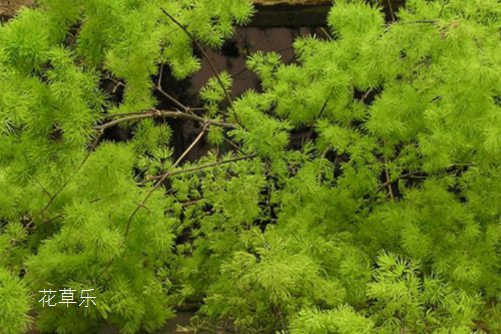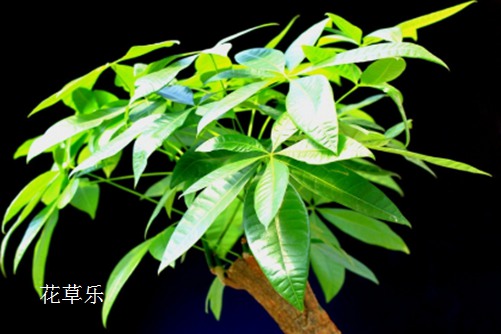Beauty grows old and beauty grows old: common diseases and insect pests of morning glory and their control methods
As a child, morning glory often appears in textbooks and grows on roadsides. Those purple, blue, red flowers always attract our attention, let us linger. However, beauty is easy to age and is also vulnerable to destruction. What diseases and insect pests will the morning glory encounter when it is cultivated in peacetime? How can we prevent it? Let's find out about it together with flowers and plants.
Common diseases and pests of morning glory and their control methods

1. Morning glory flowering period
Morning glory, also known as morning glory, usually blooms from June to October. The flowering time is also very short every day, opening and falling in the afternoon. It couldn't withstand the sun's glare, so it closed at noon.
2. Common diseases and insect pests of morning glory and their control methods (1) morning glory brown spot disease
Morning glory when the disease, the leaves will appear many round or polygonal and other irregular spots, the center of the leaves for dark gray, dark brown edge. Spot surface will form a light black mold layer, severe spots will be full of leaves, leaves gradually withered.
Prevention and control methods: timely application of pesticides at the early stage of the disease, spraying once every 7 to 10 days, spraying 2 to 3 times continuously. Usually to appropriate planting dense point, do not pour too much water, found that the disease leaves removed in time;
(2) Morning glory damping-off
Petunia although is creeping growth, but will also occur lodging disease. When the disease occurs, the whole plant droops, falls on the ground, and the leaves gradually turn yellow and rot.
Control methods: Once the disease occurs, the whole plant should be uprooted, and the soil should be irrigated with such chemicals as Pulick and Root Disease Control. Chlorothalonil and methyl thiophane 800-1000 times solution can also be used for control.
(3) Morning glory pests
Morning glory has fewer pests and generally has few pests. Morning glory common pests are: aphids, leaf rollers, red spiders, cabbage insects.
Prevention and control methods: pay attention to observation during maintenance, and spray relevant chemicals when insects are found.
reviewed
"Tick tick tick Only in peacetime careful protection, correct care, in order to make morning glory and his friends happy to play.
Time: 2019-04-24 Click:
- Prev

What if the leaves of Penglai pine turn yellow? Knowing this, your Penglai pine will be green all the year round.
Penglai pine has a quiet temperament, is a highly ornamental family breeding bonsai, it is evergreen, luxuriant branches. And because it is more leather and solid, the breeding method is also relatively simple, so it is deeply loved by flower friends. Many flower lovers are in the process of raising Penglai pine.
- Next

Make a fortune tree common diseases and insect pests prevention and control tips, you do not hurry to collect!
Is your fortune tree easy to raise? When I talked with some flower friends before, we all talked about this topic. Many friends say that the rich tree is not easy to raise, and the tree suddenly gets sick. All of a sudden, they don't know what to do? In fact, the editor has something to say, it is not that it is difficult to raise a rich tree.
Related
- Fuxing push coffee new agricultural production and marketing class: lack of small-scale processing plants
- Jujube rice field leisure farm deep ploughing Yilan for five years to create a space for organic food and play
- Nongyu Farm-A trial of organic papaya for brave women with advanced technology
- Four points for attention in the prevention and control of diseases and insect pests of edible fungi
- How to add nutrient solution to Edible Fungi
- Is there any good way to control edible fungus mites?
- Open Inoculation Technology of Edible Fungi
- Is there any clever way to use fertilizer for edible fungus in winter?
- What agents are used to kill the pathogens of edible fungi in the mushroom shed?
- Rapid drying of Edible Fungi

